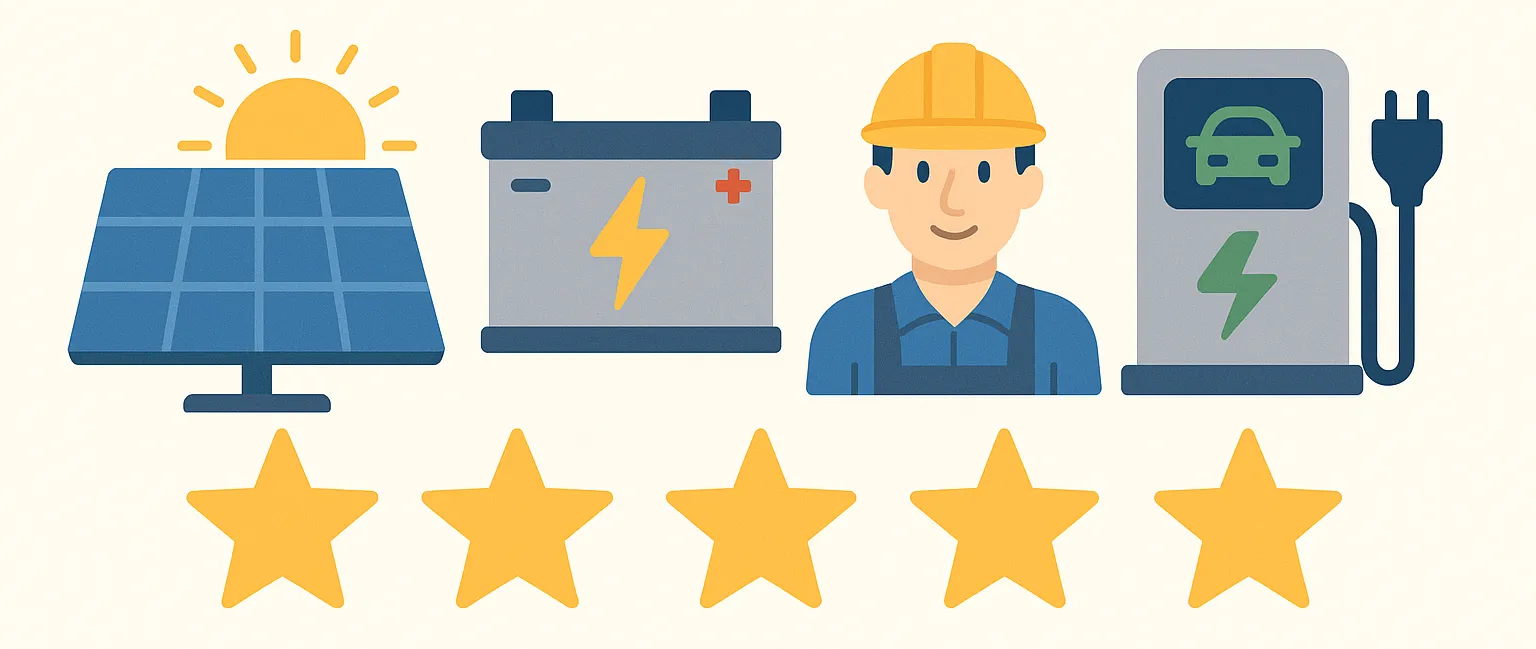All the talk these days may be about batteries but it’s too soon to take solar panels for granted. The tier one brands are still clocking up impressive advances in efficiency with the result that smaller rooftops can be armed to turnout plenty of power.
EcoGeneration spoke with LG Electronics Australia national manager solar sales Markus Lambert about the possibilities for consumers who opt for high-output panels, such as LG’s 360-watt 60-cell NeON R, and why all households may need more renewable energy tomorrow than they think they do today.
Some in the industry say owners would be better off with smaller storage capacity – but your position is that big batteries are good and that an upgrade to super-efficient panels makes sense, so owners have plenty of power at their disposal.
Average residential consumption is about 20-24kWh per day, with many modern open plan larger homes consuming more than double that. On Average, 30-50% of this will be consumed during the night. If one wants to harvest solar during the day and use it at night, then the battery capacity should match the night consumption.
As solar and battery solutions become the norm, the size of a customer’s roof will limit the size of the solar system and the battery that can be installed, and that’s even before electric vehicle charging via solar and batteries. Highly efficient panels will be a must in the very near future.
Buy an inefficient 250-280W now and you fill up valuable real estate on the roof unnecessarily. It will most likely be pulled off within 5 to 10 years as households will be looking for extra capacity. Not much of an environmental and financial outcome.
What will drive this demand for more electricity?
If we look back 20 years, there was one TV, limited air-conditioning and fridges were smaller, so we are having a change in living standards to start off with. The big game-changer will be EVs, which I see as a low-hanging fruit to combat climate change if we use home solar to charge the car.
An electric vehicle needs about 15kWh to drive 100km, so that’s around 4kW of additional solar one would need to fit on one’s house. That’s 16 inefficient 250W panels or 11 of the new LG 360s NeON R 60-cell panels.
Additionally, with increasing distributed solar capacity and pending retirement of coal-fired generators, the network will be looking for additional capacity to meet peak demand and frequency balancing on the grid.
We see a time when there will be more opportunity to sell power from panels and batteries back to the grid at more attractive rates whether that be via aggregated models on the NEM such as with Reposit Power or via peer-to-peer selling or other mechanisms.
How do you think the 360W NeON R panel will affect the inner-city markets?
It allows customers with restricted roof sizes, like inner city terraces or town houses, to get a 50% bigger solar system capacity on their roof. It’s a game changer for solar customers with tight roof space.
Do consumers see panels as generic or are you sometimes surprised by the level of knowledge out there?
In recent years solar panels have been seen as a commodity, pretty much all the same, but the truth is not all panels are built equal. Even within one manufacturer there are differences in build quality.
Many customers nowadays undertake a decent amount of research and realise for example that 25-year output warranties are not a real warranty – they are marketing warranties. Consumers start to wise up and looking for brands that build quality.
How about installers? Are they good at explaining the difference in panel output to customers or are they just selling on price?
Australia’s installer landscape is in my opinion split in two groups. Group one offers cheaper, less efficient old technology panels with lower value inverters for a cheap price and they need volume to make money.
The second group is more future-oriented in their offering and they design customised value added solutions and focus on an energy solution for the whole home, not just a few panels slapped here and there. The second group is very good at explaining the “future proof” solution and creating a long-term energy solution.
What are the essential points to consider when choosing panels?
Read the warranties. Many of them say they will not cover for labour. Australian consumer law states that customers should not be out of pocket if a product fails in the warranty period, so labour for replacing a failed panel should always be paid for by the solar manufacturer. That’s how I read the law.
If you do not have a mansion with a huge roof, get an efficient panel now and keep roof space in reserve for future energy developments including electric vehicles. Do not be fooled by the Tier 1 label. It is not a sign of build quality. Do your research.
News item provided courtesy of Ecogeneration - www.ecogeneration.com.au


